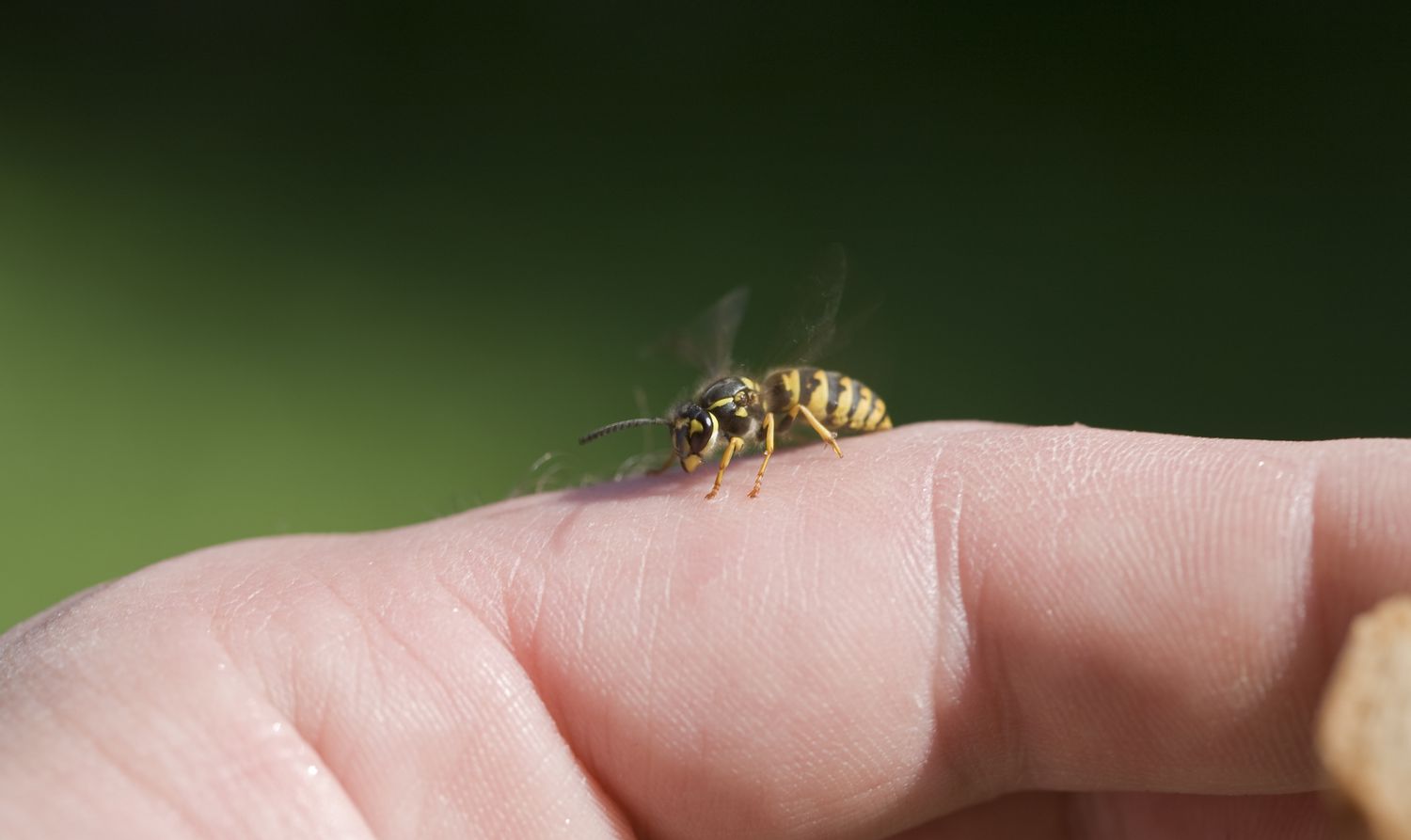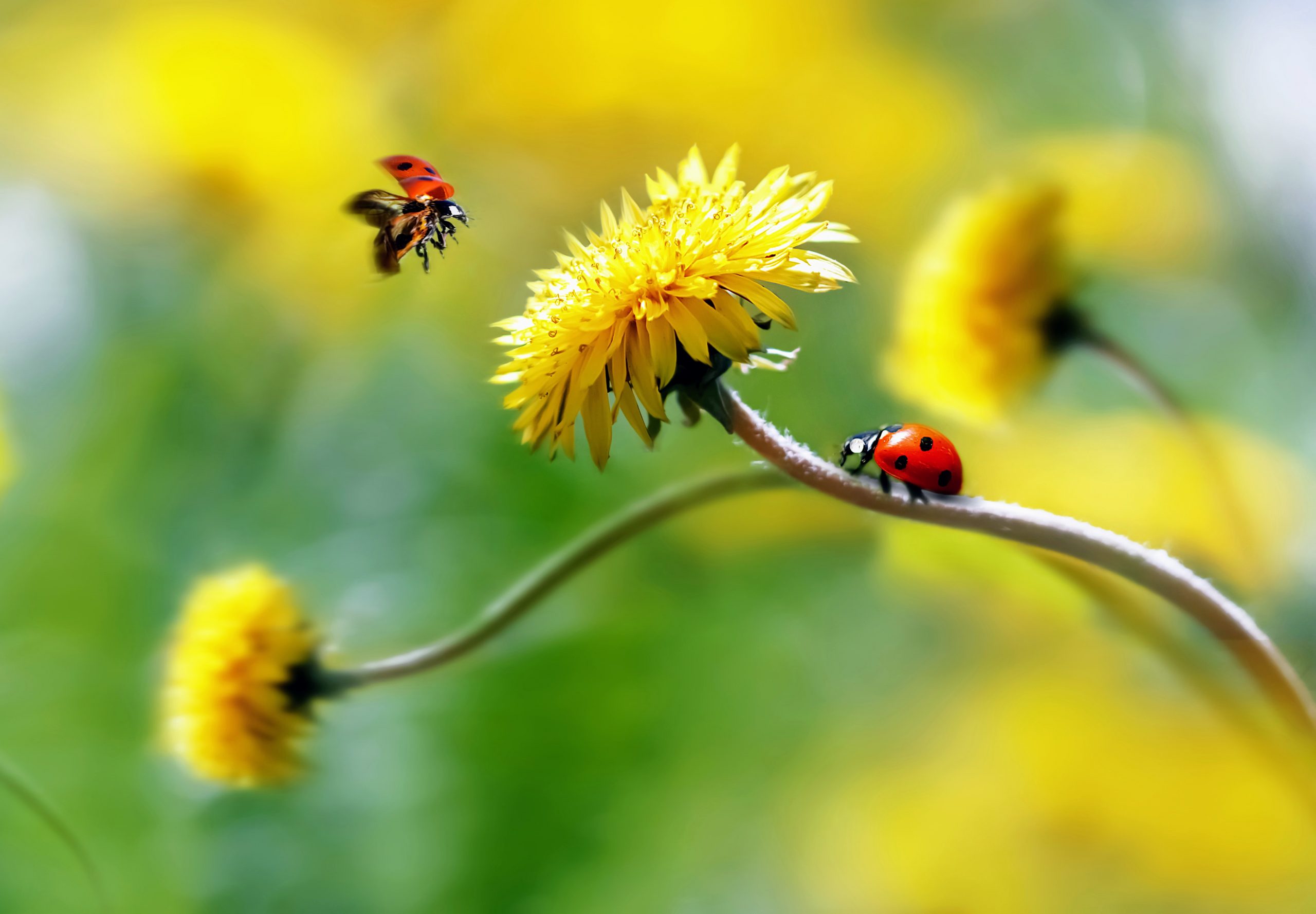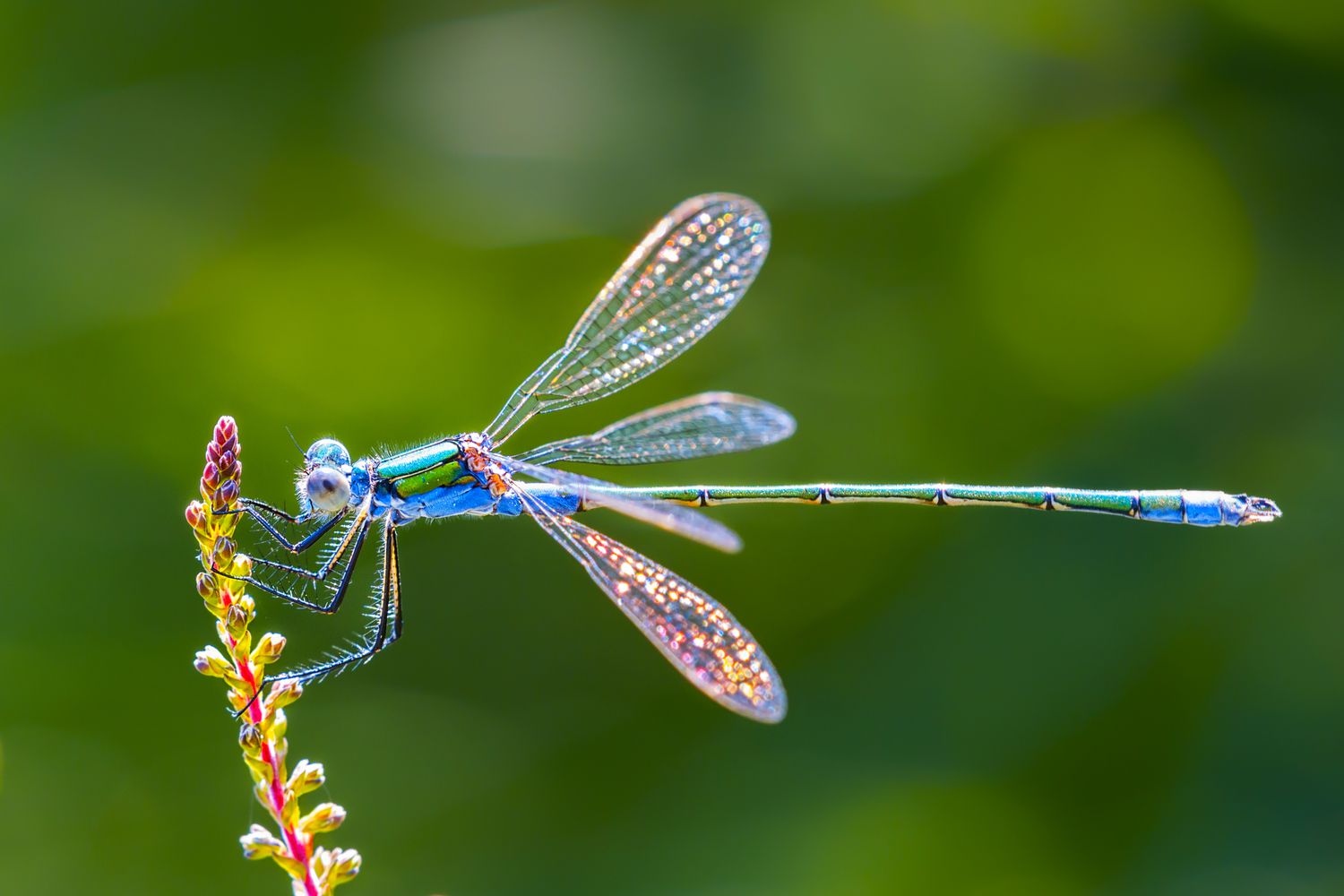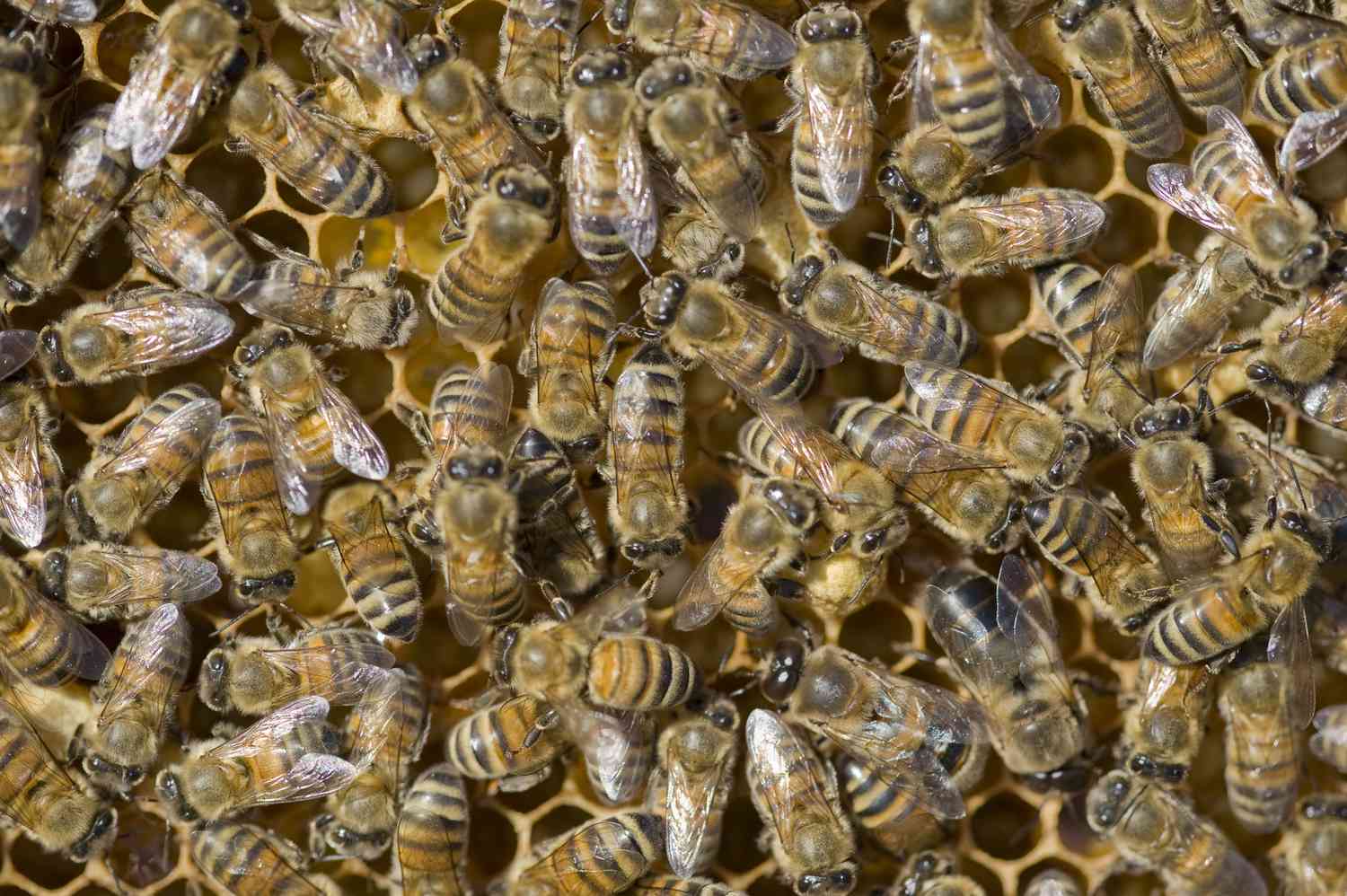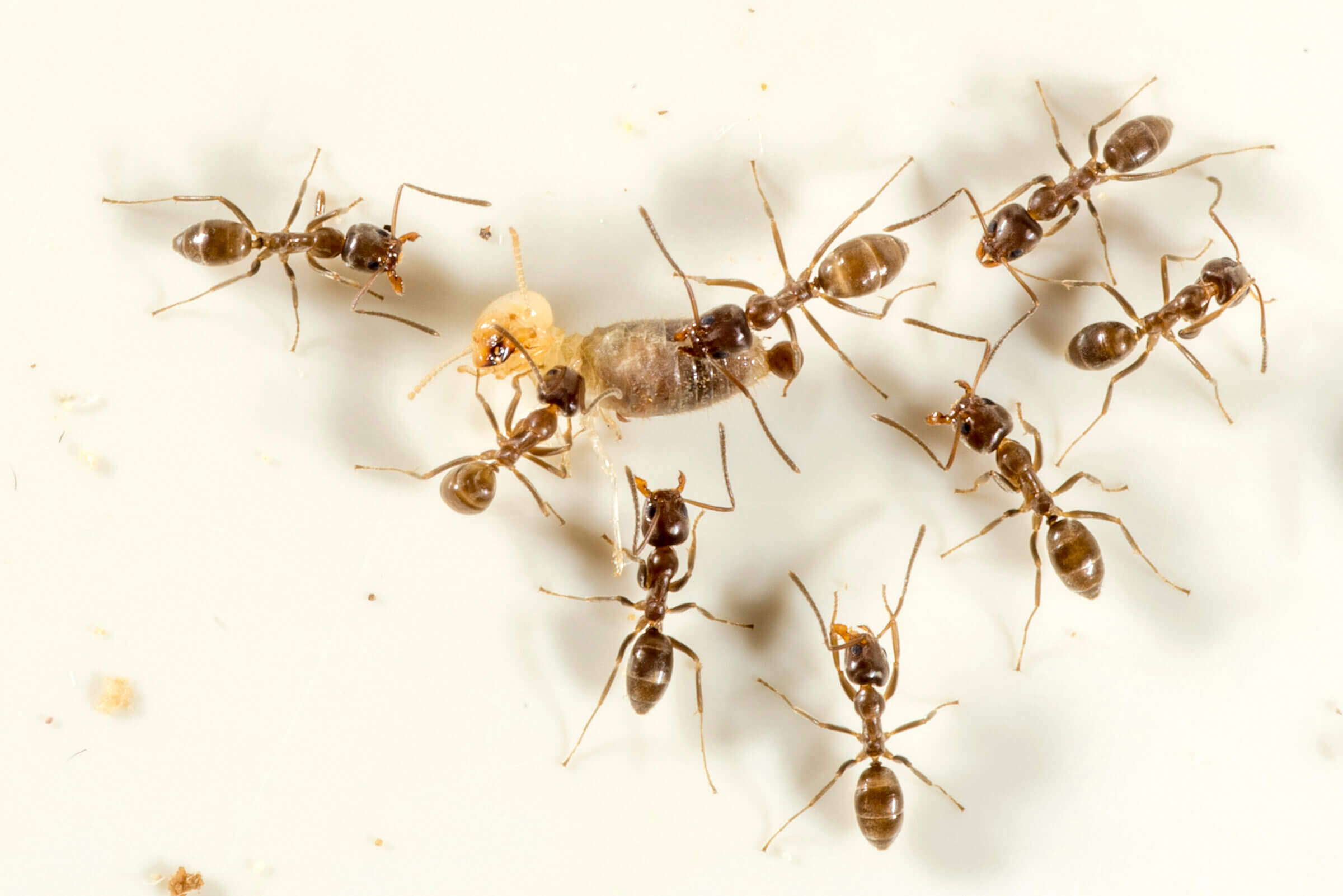Home>Gardening Tips and Tricks>Problem Solving>What Are Springtails Insects
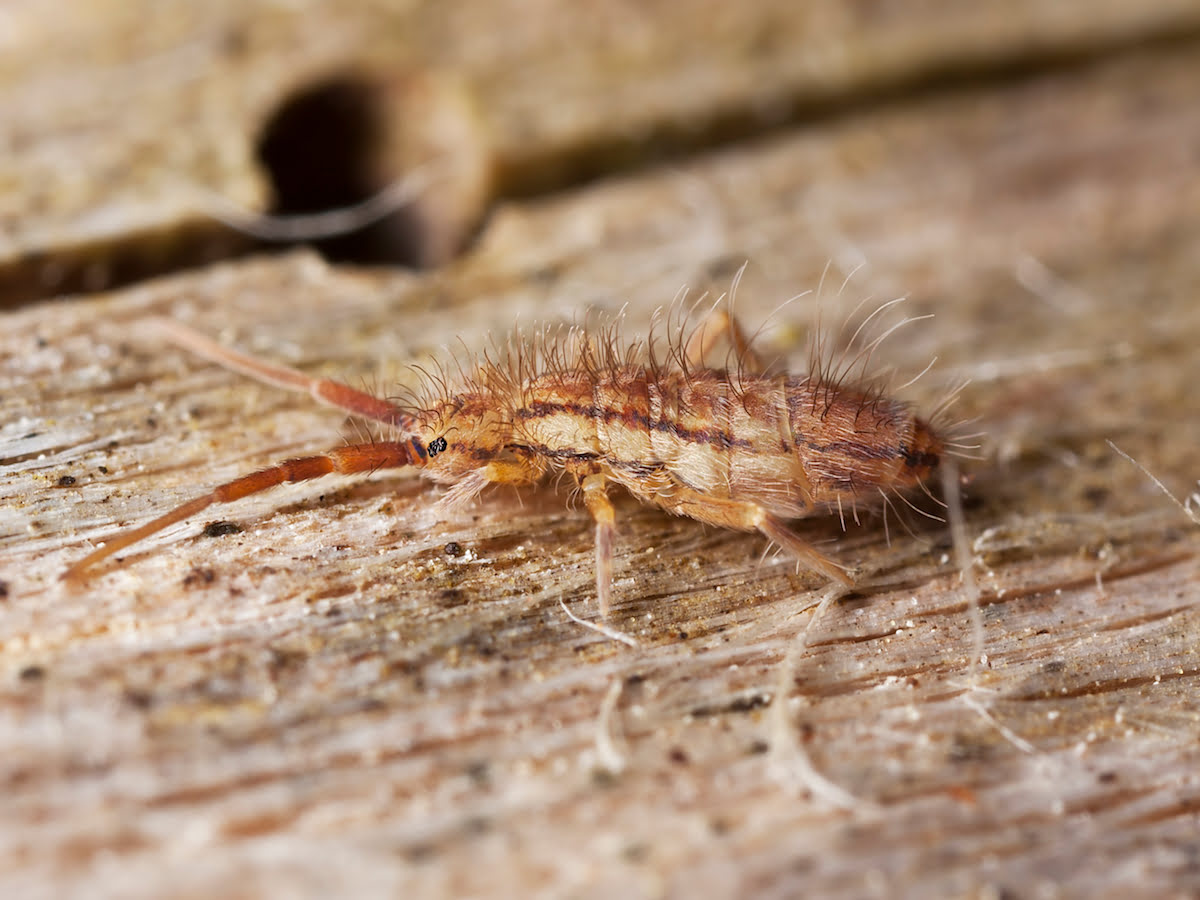

Problem Solving
What Are Springtails Insects
Modified: February 6, 2024
Looking for problem-solving tips for dealing with springtails insects? Learn about what springtails are and how to address the issue in this comprehensive guide.
(Many of the links in this article redirect to a specific reviewed product. Your purchase of these products through affiliate links helps to generate commission for Chicagolandgardening.com, at no extra cost. Learn more)
Table of Contents
Introduction
Springtails, also known as collembolans, are tiny insects that belong to the class Collembola. Despite their small size, these fascinating creatures play a significant role in the ecosystem. They are found all over the world and inhabit a wide range of habitats, from forests to gardens and even our own homes.
With over 6,000 known species, springtails are incredibly diverse and come in a variety of shapes, sizes, and colors. Their name “springtail” comes from their unique ability to launch themselves into the air using a specialized appendage called a furcula. This adaptation allows them to escape from predators or rapidly move through their environment.
While springtails may seem insignificant and often go unnoticed, they are essential decomposers in the soil. They feed on decaying organic matter, such as dead plants and fungi, contributing to the breakdown and recycling of nutrients in the ecosystem. Additionally, springtails serve as a food source for other organisms, including spiders, mites, and beetles.
In this article, we will explore the characteristics, habitat, and life cycle of springtails. We will also discuss their feeding habits, the role they play in the ecosystem, common types of springtails, and how to identify and prevent springtail infestations. By gaining a better understanding of these intriguing insects, we can appreciate their importance in maintaining the balance of nature.
Characteristics of Springtails
Springtails are unique insects that possess several distinguishing characteristics. Although they vary in size, ranging from 0.25 to 6 millimeters in length, most springtails are small and difficult to spot with the naked eye. Here are some key features that define springtails:
- Body Structure: Springtails have soft, elongated bodies with six legs. They lack wings, which sets them apart from other insects.
- Antennae: These insects have long, thread-like antennae protruding from their heads. The number of segments in their antennae varies among different species.
- Colored Bodies: Springtails come in a wide range of colors, including white, gray, brown, black, and even metallic hues. This diversity in coloration helps them blend into their natural environment.
- Springing Appendage: One of the most fascinating features of springtails is their furcula, a forked-like appendage located at the end of their abdomen. When threatened, they release the furcula, propelling themselves into the air and away from danger.
- Mouthparts: Springtails have chewing mouthparts, enabling them to break down organic matter for consumption.
Despite their small size, springtails are remarkably resilient. They can survive in various environmental conditions, including extreme temperatures and moisture levels. Additionally, their ability to reproduce rapidly allows their populations to quickly rebound after disturbances.
Understanding the physical traits and adaptability of springtails helps us identify and differentiate them from other insects. In the following sections, we will delve deeper into their habitat, life cycle, and feeding habits as we continue to explore the world of springtails.
Habitat and Distribution of Springtails
Springtails can be found in a wide range of habitats across the globe. They are highly adaptable insects and can thrive in various environments, from damp and dark forests to dry deserts and urban areas. Here are some common habitats where springtails are commonly found:
- Soil and Leaf Litter: Springtails are abundant in soil and leaf litter, particularly in areas with high organic matter content. They play a vital role in breaking down decaying plant material, contributing to the nutrient cycle.
- Moisture-Rich Environments: Many springtail species are attracted to moist environments such as marshes, wetlands, and riverbanks. They prefer areas with a high moisture level to support their feeding and breeding activities.
- Forest Floors: Forests provide an ideal habitat for springtails due to the abundance of leaf litter, fallen logs, and decaying organic matter. These insects can be found crawling and jumping among the detritus on the forest floor.
- Gardens and Lawns: Springtails are often present in gardens and lawns, especially in areas with well-irrigated soil. They can be found beneath mulch, around plant roots, and in compost piles.
- Homes and Structures: Some species of springtails have adapted to human-made environments and can be found in homes, basements, bathrooms, and other damp areas. They are often attracted to moisture sources such as leaking pipes or soggy wood.
When it comes to their distribution, springtails can be found worldwide, with the highest diversity and abundance in temperate and tropical regions. They are incredibly widespread and can be found on every continent, including Antarctica. Due to their small size and ability to disperse through wind and the movement of soil and vegetation, they can easily colonize new areas.
It’s important to note that the specific habitats and distribution of springtails can vary based on the species. Therefore, understanding the unique environmental requirements of different springtail species is crucial when studying or dealing with populations in specific regions.
Life Cycle of Springtails
The life cycle of springtails consists of several stages, including egg, immature, and adult. While the exact duration of the life cycle can vary depending on environmental conditions and species, the general process remains similar. Let’s explore the different stages of the springtail life cycle:
- Egg Stage: The life cycle begins with the female springtail laying eggs in the soil or other suitable habitats. These eggs are often deposited singly or in small clusters. The eggs are tiny and round, typically ranging in size from 0.2 to 0.5 millimeters.
- Immature Stage: After a certain period of development, the eggs hatch into nymphs or immatures. The immature springtails resemble smaller versions of the adults but lack reproductive organs. They go through several molting stages, shedding their exoskeleton and growing larger with each molt.
- Adult Stage: Once the immature springtails have undergone enough molts and reached sexual maturity, they enter the adult stage. The duration of this stage can vary, but it usually lasts several weeks to months, depending on the species.
A notable characteristic of springtails is their ability to reproduce continuously throughout their adult life. They do not have a specific mating season, and females can lay eggs every few days or weeks. This continuous reproduction contributes to the rapid population growth of springtails under favorable conditions.
It is essential to note that springtails have a relatively short lifespan, typically ranging from a few weeks to a few months. However, their high reproductive rate and ability to adapt to various environments ensure a continuous presence of these insects in their respective habitats.
The life cycle of springtails is closely tied to environmental conditions. Factors such as temperature, moisture level, and availability of food play a crucial role in determining the speed of development and overall success of their life cycle.
Feeding Habits of Springtails
Springtails are primarily detritivores, meaning they feed on decaying organic matter and contribute to the decomposition process. Their feeding habits play a crucial role in nutrient recycling and maintaining the balance of ecosystems. Here is an overview of the feeding habits of springtails:
Decaying Organic Matter: Springtails feed on a variety of decomposing organic material, including dead plant matter, fallen leaves, fungi, and microorganisms. They play a key role in breaking down complex organic compounds into simpler substances, facilitating nutrient release and recycling within the soil.
Algae and Microbes: Many springtail species also feed on algae and microorganisms, such as bacteria and fungi, that grow on the surface of decaying organic matter. They consume these tiny organisms and contribute to the microbial balance in their habitat.
Saprophytes: Some springtails are specialized saprophytes, feeding exclusively on dead or decaying plant material. They aid in the decomposition of plant debris, helping to break it down into smaller particles and promoting nutrient availability in the soil.
Root Hairs and Root Exudates: Certain springtail species have the ability to consume root hairs and feed on the secretions from plant roots. While this feeding behavior can occasionally lead to plant damage, it is generally considered minimal and insignificant compared to the benefits they provide through nutrient recycling.
It’s important to note that while springtails are primarily detritivores, some species may exhibit omnivorous or carnivorous behaviors. These springtails may consume small invertebrates, such as nematodes or mites, or even feed on fungal spores. However, these instances are relatively rare compared to their detritivorous habits.
Overall, springtails play a crucial role in the decomposition and nutrient cycling process. By consuming decaying organic matter and contributing to the breakdown of complex compounds, they help sustain the health and fertility of soil ecosystems.
Role of Springtails in the Ecosystem
Springtails, as detritivores and decomposers, play a vital role in maintaining the balance and functioning of ecosystems. Their presence and activities contribute to various ecological processes and benefit the overall health of the environment. Here are some key roles of springtails in the ecosystem:
Nutrient Recycling: Springtails actively participate in the decomposition process by feeding on decaying organic matter. As they consume dead plants, leaves, and fungi, they break down complex compounds into simpler forms, releasing nutrients back into the soil. This nutrient recycling plays a crucial role in supporting the growth of plants and sustaining the overall productivity of the ecosystem.
Soil Structure Improvement: Through their feeding and burrowing activities, springtails help improve soil structure. As they move through the soil, they break up compacted layers and increase soil porosity, enhancing water infiltration and air circulation. This aids in root growth and nutrient uptake by plants.
Predator-Prey Dynamics: Springtails serve as an important food source for many organisms in the ecosystem. They are a primary food source for spiders, mites, beetles, and other small invertebrates. Their abundance and availability contribute to the intricate web of predator-prey relationships that sustain biodiversity.
Seed Dispersal: Some springtail species are involved in seed dispersal. As they move through the soil and leaf litter, they can accidentally transport seeds. This dispersal mechanism aids in the establishment and spread of plant species, contributing to plant diversity and colonization of new areas.
Indicator of Environmental Conditions: Springtails can be used as indicators of environmental conditions and soil health. As sensitive organisms, their presence or absence in certain ecosystems can provide insights into the quality and stability of the habitat. Monitoring springtail populations can help assess the impact of environmental factors, such as pollution or habitat disturbance, on the ecosystem.
By playing their specific roles in the ecosystem, springtails contribute to the overall functioning and resilience of diverse habitats. Their activities in nutrient cycling, soil structure improvement, and ecological interactions highlight their importance as a key component of the natural world.
Common Types of Springtails
There are thousands of species of springtails found all over the world, each with its own unique characteristics and adaptations. While it’s impossible to discuss every individual species, we will cover some common types of springtails that can be encountered in various habitats. Here are a few examples:
Globular Springtails (Sminthuridae family): These springtails have a rounded body shape and are often found in damp environments such as gardens and forests. They have a wide range of colors, including white, yellow, and gray. Globular springtails play a crucial role in decomposing organic matter and are commonly observed on soil and leaf litter surfaces.
Snow Fleas (Hypogastruridae family): Snow fleas, also known as snow scorpions, are springtails adapted to cold and winter conditions. They are dark-colored and can often be seen hopping on the surface of snow or leaf litter. Despite their name, snow fleas are not true fleas and are harmless to humans.
Green Springtails (Symphypleona order): These springtails are known for their vibrant green coloration. They are commonly found in moist environments, including mosses, compost piles, and leaf litter. Green springtails are important decomposers and contribute to the breakdown of organic matter in their habitats.
Soil Springtails (Entomobryidae family): Soil springtails are among the most common and diverse group of springtails. They are usually found in the soil, where they feed on decaying plant material and contribute to nutrient recycling. Soil springtails come in a variety of colors and can be easily identified by their elongated body shape.
Home Invading Springtails (Collembola order): Some species within the Collembola order have adapted to human-made environments and can become occasional pests in residential homes. These springtails are attracted to moisture-rich areas such as basements, bathrooms, and kitchens. While their presence may be undesirable, they do not pose any significant threat or harm to humans.
It’s important to note that these are just a few examples of the wide range of springtail species. Springtails are incredibly diverse, and scientists continue to discover and study new species regularly. Each species has its own specific habitat preferences, behaviors, and ecological roles, contributing to the overall biodiversity and ecological balance of the ecosystems they inhabit.
How to Identify Springtails
Identifying springtails can be challenging due to their small size and often inconspicuous appearance. However, there are several key characteristics and observations that can help you determine if you have encountered these tiny insects. Here are some tips on how to identify springtails:
- Size and Shape: Springtails are typically small, ranging from 0.25 to 6 millimeters in length. They have a distinct body shape, which is usually elongated and cylindrical, resembling a tiny pill bug or shrimp.
- Jumping Behavior: Springtails get their name from their ability to “spring” into the air using a specialized appendage called a furcula. If you observe small insects jumping or hopping in your garden or on the soil surface, there’s a good chance they are springtails.
- Color: Springtails come in a variety of colors, including white, gray, black, brown, and even metallic hues. Their coloration often helps them blend into their natural surroundings, so take note of the overall body color when trying to identify them.
- Antennae: Look for the presence of long, thread-like antennae on the head of the insect. Springtails have antennae that can vary in length and number of segments, with some species having noticeably longer antennae than others.
- Furcula: Examine the rear end of the springtail for a fork-like appendage called a furcula. This structure, located on the abdomen, enables springtails to quickly propel themselves into the air when they feel threatened.
- Habitat: Consider the environment in which you find the insect. Springtails are commonly found in moist habitats, such as soil, leaf litter, and gardens. They are often associated with areas with high organic matter content.
Keep in mind that there are other small insects and arthropods that may resemble springtails, such as mites and young springtails. To make a more accurate identification, you may need to observe the insects under magnification or consult with an entomologist or pest control professional.
Remember, springtails are generally harmless and play a beneficial role in the ecosystem. If you encounter them in your home or garden, it’s best to focus on addressing the underlying moisture or organic matter issues that may be attracting them, rather than trying to eliminate them entirely.
Prevention and Control of Springtail Infestations
While springtails are generally harmless and beneficial to the ecosystem, they can become a nuisance when they enter homes or gardens in large numbers. If you are dealing with a springtail infestation and wish to prevent or control their population, here are some practical strategies you can employ:
- Address Moisture Issues: Springtails are attracted to damp environments, so reducing moisture levels is key. Fix any leaks, improve drainage in and around your home, and ensure that areas prone to moisture, such as basements or bathrooms, are properly ventilated. By eliminating excess moisture, you can make your home less appealing to springtails.
- Remove Attractive Habitats: Springtails are drawn to decaying organic material, so keeping your property clean is essential. Regularly remove leaf litter, fallen vegetation, and other organic debris from around your home. Additionally, ensure that compost piles are properly managed and positioned away from the house.
- Seal Entry Points: Seal any cracks, gaps, or openings around windows, doors, and foundation walls to prevent springtails from entering your home. Use weatherstripping and caulk to seal these potential entry points and deny them access to your living spaces.
- Natural Predators: Encourage the presence of natural predators of springtails in your garden, such as ground beetles, spiders, and predatory mites. These natural enemies can help keep springtail populations in check.
- Chemical Control: If necessary, you can explore chemical control options. However, keep in mind that using insecticides should be a last resort and should follow all safety guidelines provided by the manufacturer. Consider consulting with a professional pest control service for targeted treatments if the infestation persists.
It is important to note that springtails are typically harmless to humans, and their presence indoors is often temporary and related to environmental conditions. Unless they are causing significant issues or damage, it is best to focus on prevention and habitat modification rather than attempting to eradicate them completely.
If you are unsure about the identification of the insects in your home or garden or need assistance with springtail control, it is recommended to seek advice from a professional pest control service or an entomologist who can provide specific guidance tailored to your situation.
Conclusion
Springtails, with their small size and inconspicuous nature, are often overlooked, but they play a significant role in the ecosystem. As detritivores and decomposers, springtails contribute to nutrient recycling, soil health, and the balance of predator-prey dynamics. Their adaptation to various habitats allows them to thrive in diverse environments, from forests and gardens to our own homes.
Identifying springtails can be challenging, but by observing their size, shape, jumping behavior, color, and unique features like the furcula, their presence can be recognized. While springtails rarely require control measures, prevention is key. Addressing moisture issues, removing attractive habitats, and sealing entry points can help prevent infestations.
It’s important to appreciate the important role that springtails play in maintaining the balance of ecosystems. Their continuous efforts in nutrient cycling, decomposition, and seed dispersal contribute to the overall health and productivity of our environment.
By understanding and respecting these fascinating insects, we can coexist with them harmoniously and continue to cherish the wonders of the natural world they are a part of.
